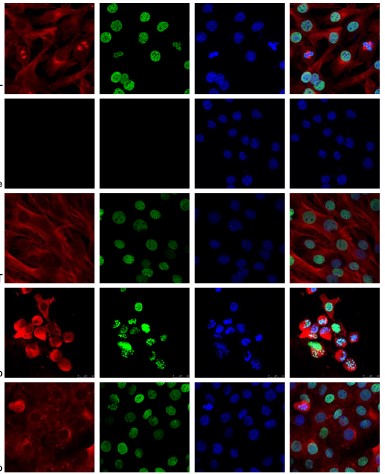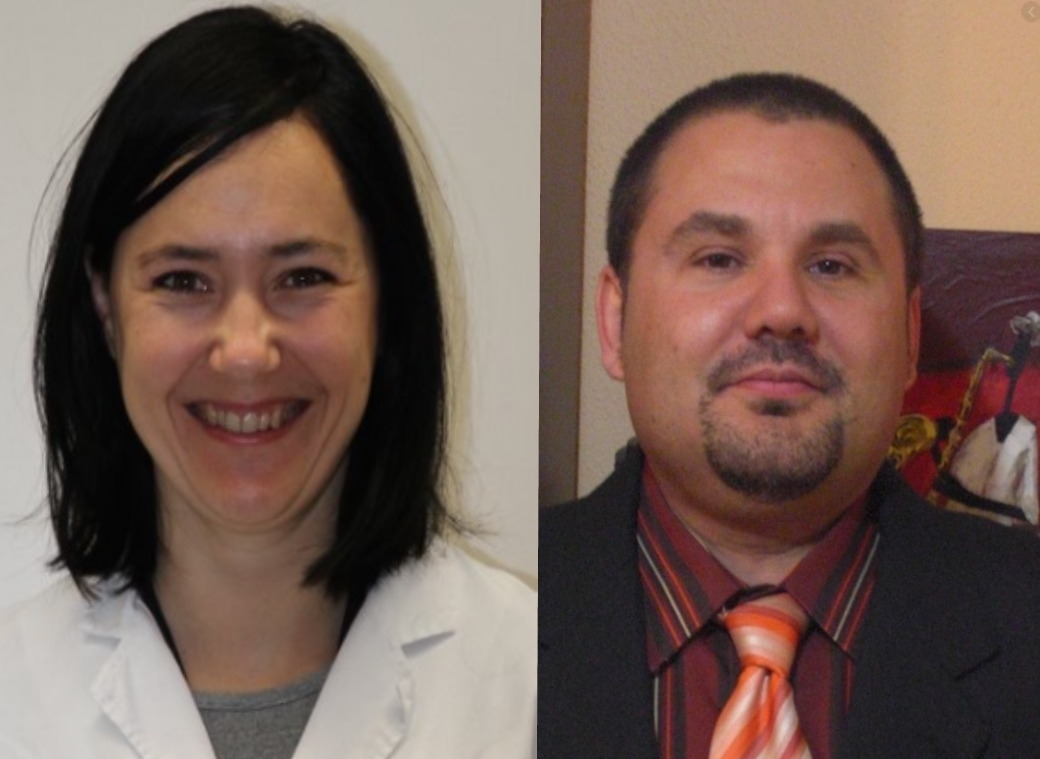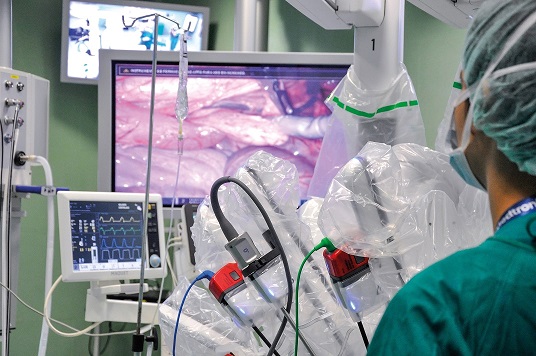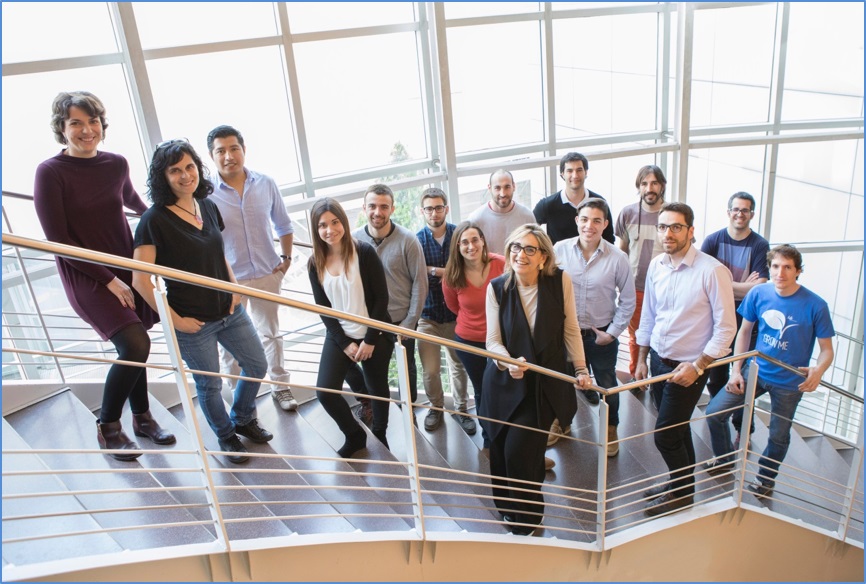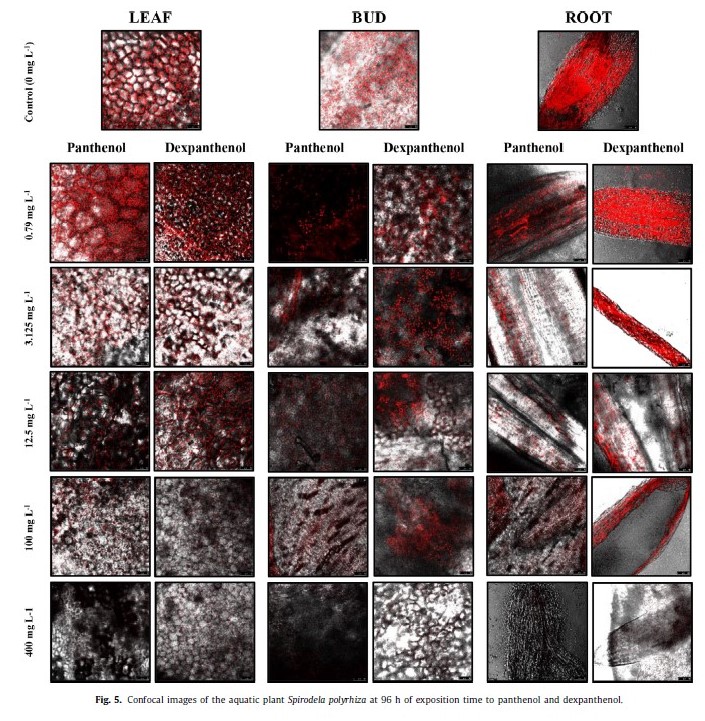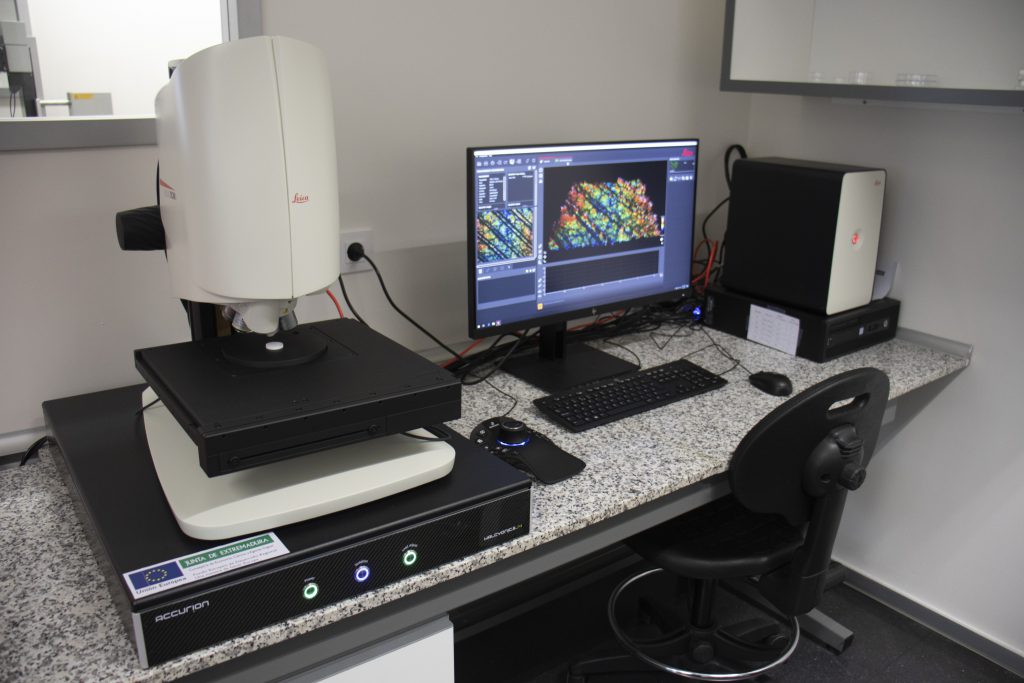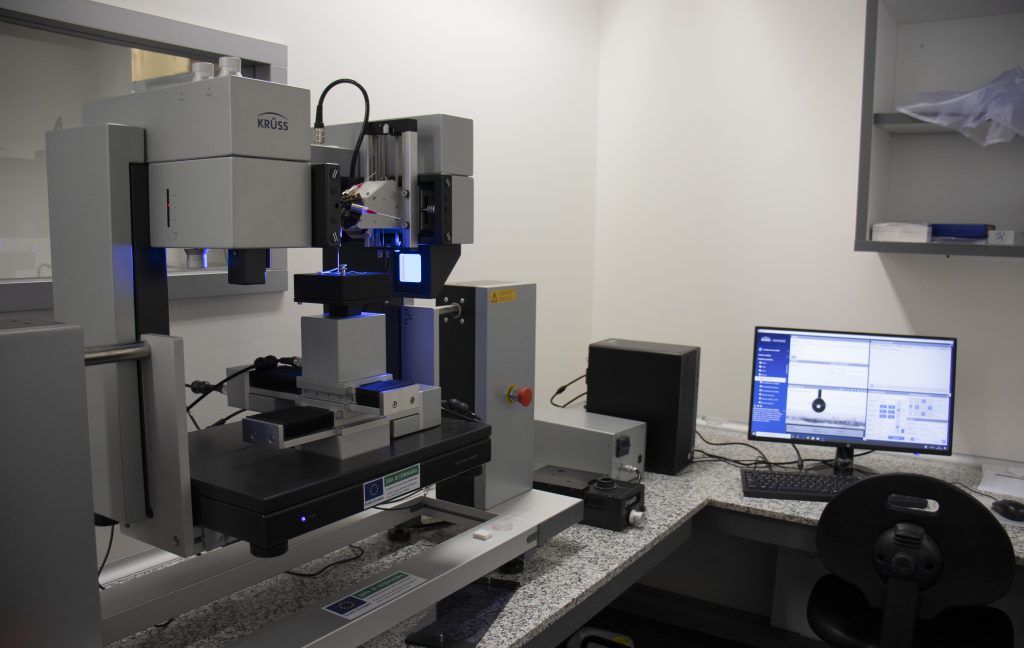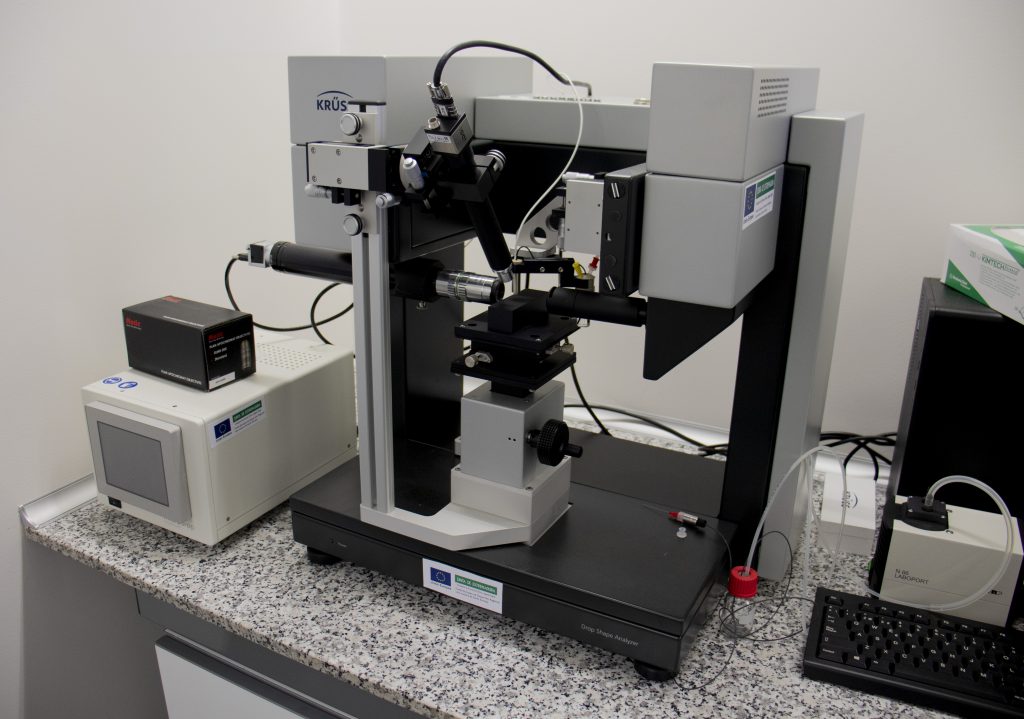Supply, installation and implementation of a document control system, LIMS management and equipment, to enhance the capacities of the distributed ICTS Units (NANBIOSIS -AILIMS).
The project “Updating the Infrastructures and implementation of a LIMS document control and management system to enhance the capacities of the Distributed ICTS NANBIOSIS Units managed by the CCMIJU (AILIMS-NANBIOSIS) ‘has been co-funded by the European Regional Development Fund (FEDER) within the framework of the Pluriregional Operational Program of Spain (POPE) of Singular Scientific and Technical Infrastructures (ICTS) 2014-2020.
The following actions are considered in the framework of the project:
-Within Unit 22 or Animal Facility, the Installation and development of an environmental treatment-control system of the housing rooms, an Improvement and adaptation of the spaces for experimental models, the Acquisition, installation and development of a two-door ultra- filtered air shower and the Acquisition, installation and development of a post-procedural recovery chamber.
– For the rest of the NANBIOSIS Units managed by the CCMIJU: Acquisition, installation and development of a LIMS Software.
Within this last action, tender with reference number 02S/2021 on Supply, installation and implementation of a LIMS document control and management system, as well as the necessary equipment for its correct operation, has been published and has already been awarded.
The actions and their budget are here detailed: (VI) PROJECT REFERENCE: ICTS-2019-14-50), together with the FEDER co-funded rate.











